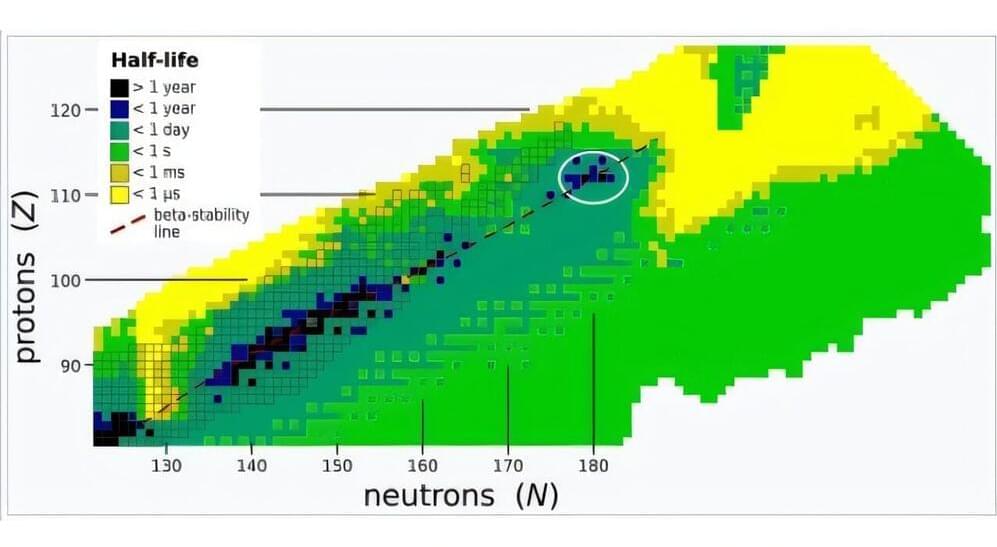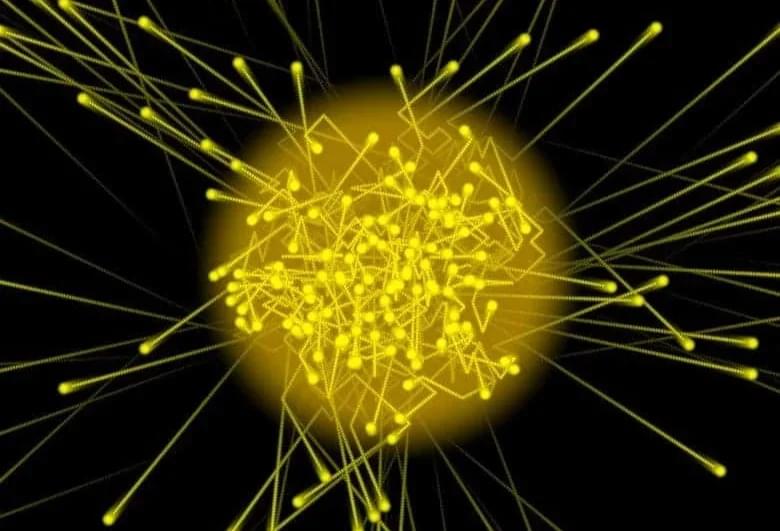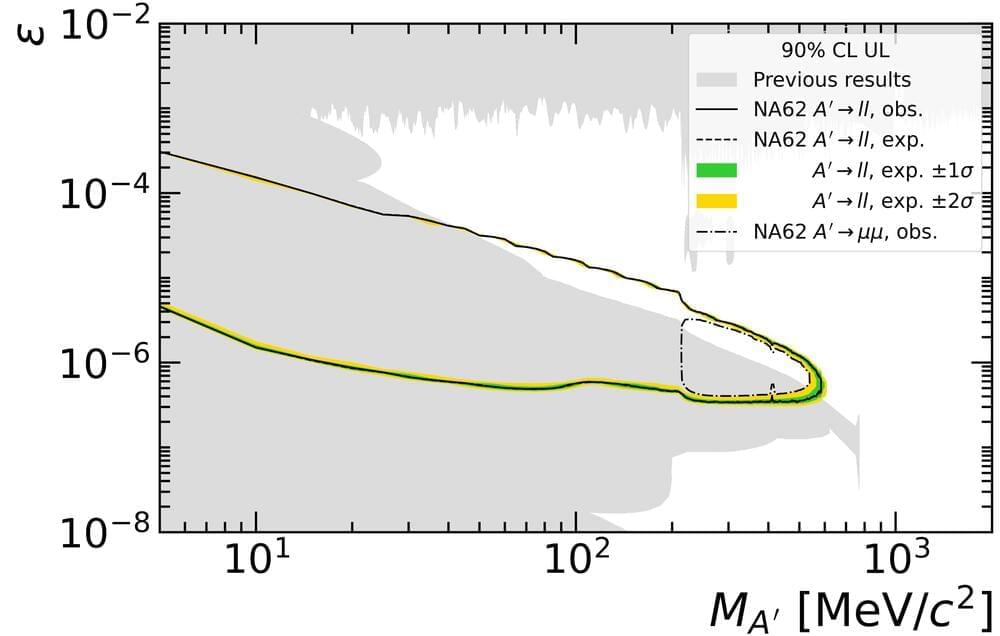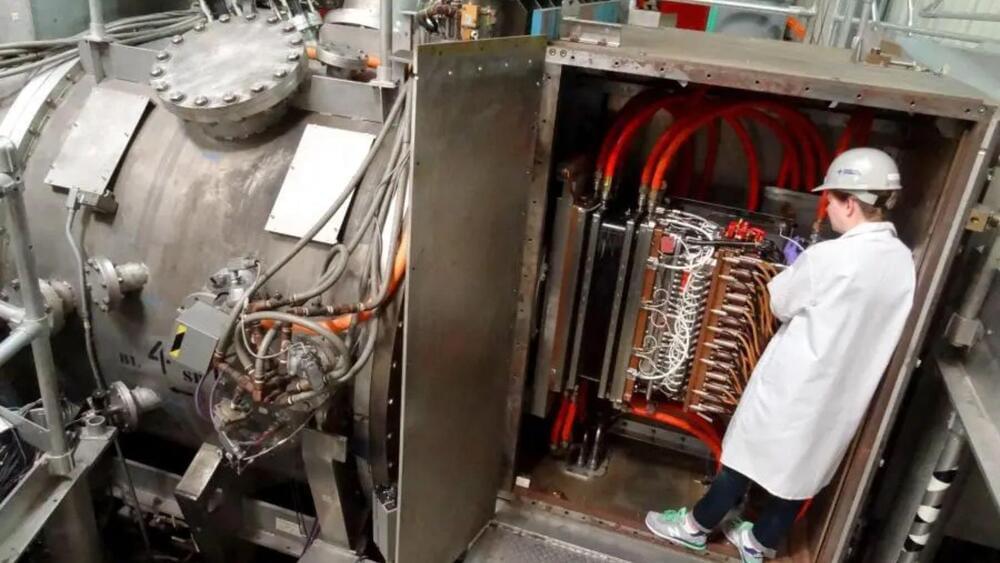Oct 29, 2024
Scientists transport protons in truck, paving way for antimatter delivery
Posted by Shailesh Prasad in categories: particle physics, transportation
The BASE experiment aims to answer this question by precisely measuring the properties of antiprotons, such as their intrinsic magnetic moment, and then comparing these measurements with those taken with protons. However, the precision the experiment can achieve is limited by its location.
“The accelerator equipment in the AD hall generates magnetic field fluctuations that limit how far we can push our precision measurements,” said BASE spokesperson Stefan Ulmer. “If we want to get an even deeper understanding of the fundamental properties of antiprotons, we need to move out.”
This is where BASE-STEP comes in. The goal is to trap antiprotons and then transfer them to a facility where scientists can study them with a greater precision. To be able to do this, they need a device that is small enough to be loaded onto a truck and can resist the bumps and vibrations that are inevitable during ground transport.


















